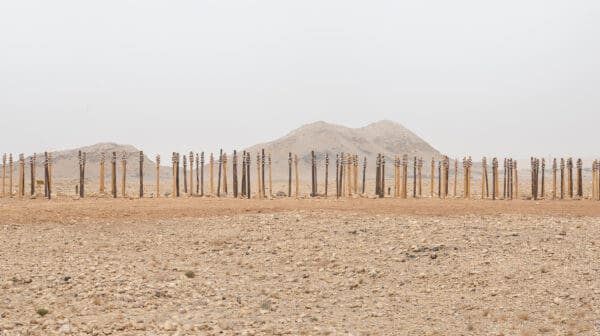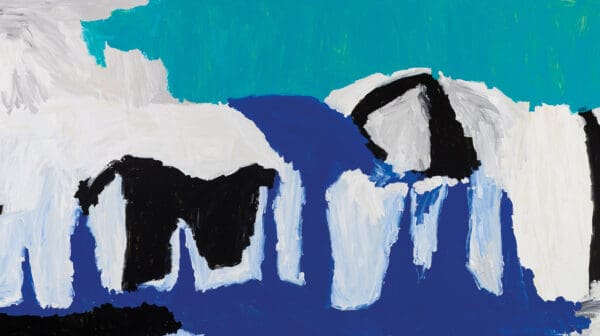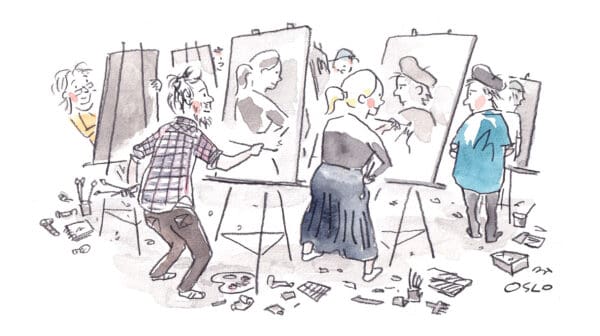An op-ed recently published in a major Australian newspaper made the claim that good cultural critics should leave their biases at the door. Such critics should review an artwork as simply ‘art’. This was a position argued in response to a specific request to the paper by a theatre production’s creative team, who asked for a critic of colour to review their show, a request that was deemed by the arts editor as “offensive and tokenistic”.
The paper did not send a critic of colour, or any critic at all—instead, an opinion piece was published about the correspondence. While the op-ed was written by a well-regarded writer and editor, and rightfully acknowledged that a diversity of critics was a good thing, it also argued that asking critics to review work that matched their own lived experience was misguided. The piece didn’t acknowledge that the creative team made this request as an act of activism, to ensure a person of colour held a paid publishing opportunity, nor did it talk through what a ‘neutral’ critic actually is.
Reading this piece, and observing the divide between readers who saw nothing wrong with it and the creatives of colour who denounced it, reminded me how these conversations about cultural gatekeeping continue to be hosted on public platforms as ‘clickbait’ or differences of opinion. That is, conversations about race and identity are treated as a source of intellectual debate, rather than as something embedded in our histories, social structures, and cultural expressions. Is it helpful, or realistic, to pretend we live in a society that “doesn’t see colour”—or would it be more robust to begin with an acknowledgment of this difference between people, and how it effects the history, creation and critiquing of art?
In my time working in the Melbourne arts sector as a curator, writer and lecturer, the overwhelming whiteness of the industry has been a palpable burden on my shoulders. I learnt quickly that whiteness is not only a racialised identity, but also ascribes a series of values and expectations that our culture industry upholds as standard. This includes the belief that we operate in a meritocracy.
In theory, being neutral means putting aside one’s biases to make impartial judgements without prejudice. This claim of neutrality is something I hear frequently, particularly when justifying decision making, or when worded carefully by the media teams of arts institutions who maintain an outwardly facing ‘neutral’ political stance (while sometimes accepting funding or sponsorship from companies that profit from the exploitation of others and the natural environment). On these institutional levels, neutrality operates as a catchphrase to maintain an arms-length impartiality, which at times can come across as a cold demeanour detached from the specific needs of artists and audiences.
On a more individual basis as a writer and curator, I do wonder if neutrality on all issues can exist, or whether it should even be an aspiration. The job of a critic is to offer a perspective on a work of art. If we are to take the assumption of neutrality to its natural end, would this not mean that all pieces of criticism would arrive at the same conclusion as each other? I would say that is not what critics are paid to do.
More pointedly, I wonder if neutrality is not just a shorthand for supporting the status quo. To understand something as neutral also assumes some kind of common acceptance. This sounds great on paper, until you realise that the people in positions of power who define what is ‘neutral’ are often representative of only one small group of decision makers.
Any argument that makes claims for art’s ‘neutrality’, or announces that a ‘good critic’ doesn’t have internalised biases, is making an assumption that we don’t already exist in the world of different experiences. I believe it is much more robust to begin as a critic with an understanding that structural issues such as racism, sexism, ageism and ableism are not something we might even necessarily see or express outwardly, but something we inherit and continuously confront and challenge in ourselves and the work we do.
In an ideal world, we should be able to review and write about whatever art we like; we would have many critics and artists sharing the space. The reality is that the sphere of culture, and particularly cultural criticism, is still a very small and very whitewashed pool. While critics are paid to express their opinion publicly (as I am now doing), part of this job comes with a moral and social responsibility to consider how our words are shaping culture and public opinion. And in some cases, that also means considering how to create a culturally safe space for artists from racialised backgrounds to contest racism and white supremacy, if relevant to the themes of the work.
While I acknowledge it is not the job of any single critic to review shows that match their own lived experience—as a diverse critic I certainly don’t want to be pigeonholed by my identity—I also recognise that my position in a public sphere is itself already a political declaration. Sharing my words comes from a place of care and advocacy, and a hope for a more equitable arts landscape in the future. I have no desire to be neutral, if it means accepting things as they are.











